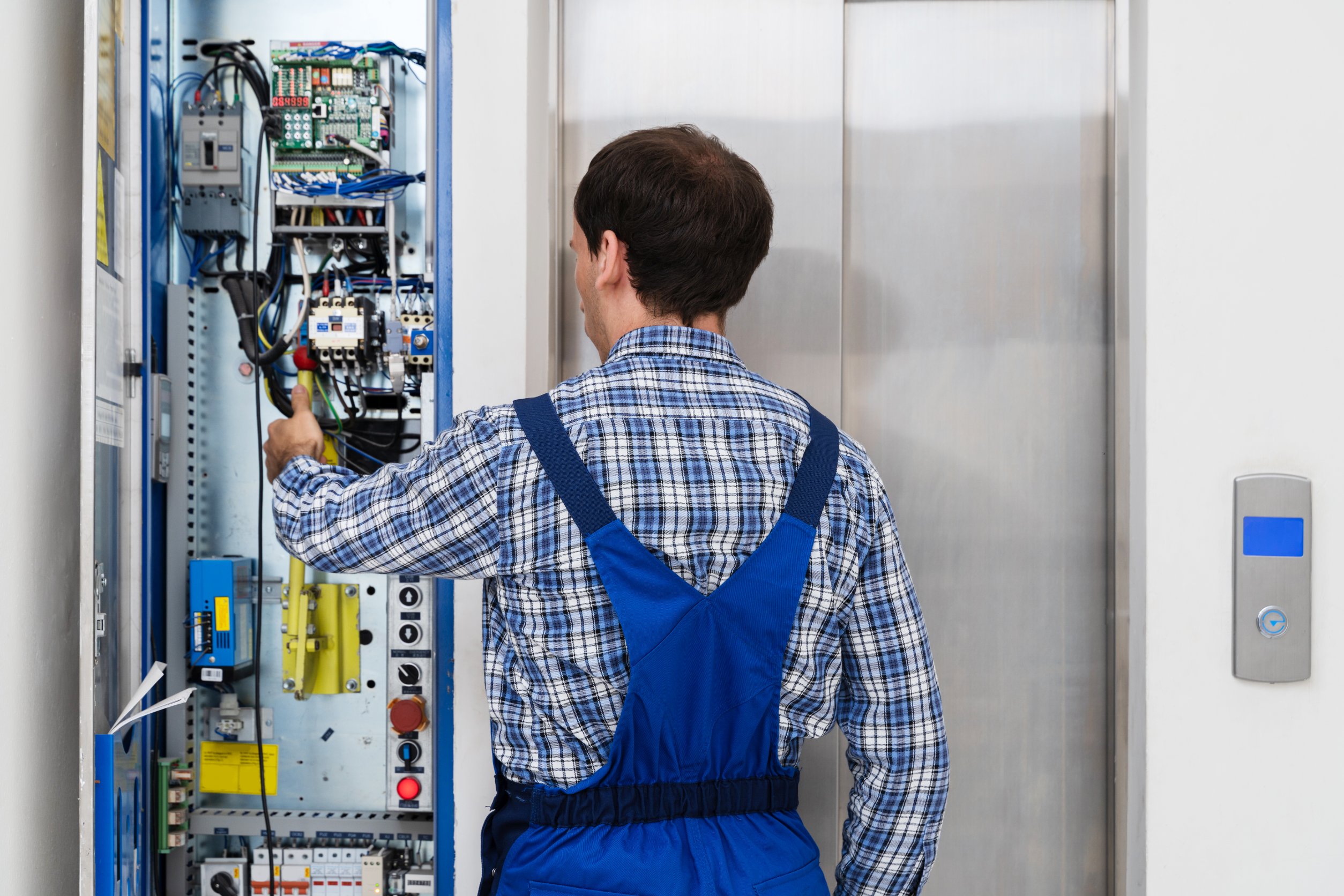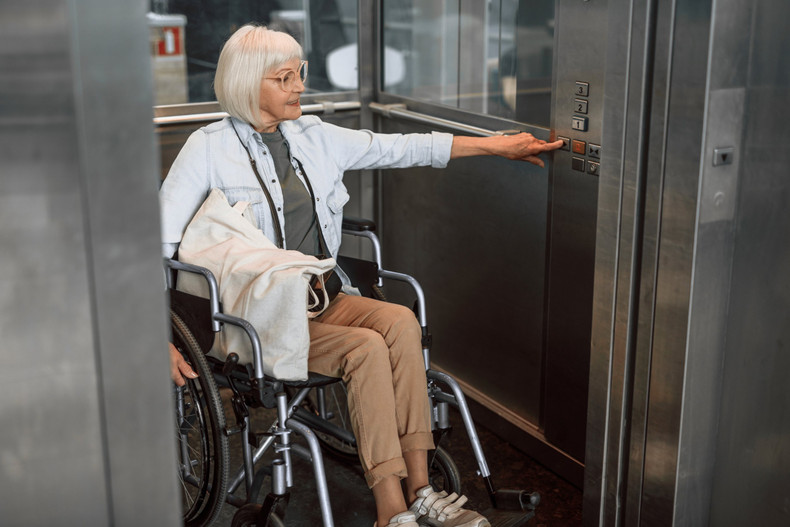While elevators are convenient for most people, they are essential for individuals with various disabilities. People who use wheelchairs or other mobility aids often can't use stairs, and many other disabilities and health conditions make going up and down the stairs difficult.
Many tenants of apartments or workers in large apartment buildings have dealt with a broken elevator at one point or another. But, while elevators do occasionally have issues leading to a halt in elevator service, continued interruptions have a significant impact on people with physical disabilities.
ADA Guidelines On Elevators
According to the Americans With Disabilities Act (ADA), some requirements exist for maintaining elevator safety and service. There are also guidelines laid out by Fair Housing Act (FHA). This guide will outline the standards for maintaining an elevator and answer the question, "how long can an elevator be out of service (ADA)?
What The ADA Says About Elevator Service?

Section 407 of the ADA outlines the accessibility requirements for an elevator. Here are some of the key points from these sections:
- The ADA requirements outline that the elevator operates automatically.
- The ADA and other civil rights laws state that the elevator must remain in working order and usable. This also includes other elevator features, such as elevator call buttons.
- These sections also outline that elevators are maintained with regular maintenance to avoid life-threatening and dangerous situations.
- There is an allowance for isolated or temporary interruptions.
While the ADA states that broken elevators may be unavoidable, building owners have a responsibility to repair them promptly to ensure that the accessible features are back in order.
Elevator Requirements From The ADA

The Americans With Disabilities Act also contains information about the equipment in and around the elevators. They state that:
- Elevators must have raised call buttons.
- The call buttons and keypads must be within reach.
- Elevator doors have to slide horizontally.
- The elevator door-opening mechanism has to stay open for at least 20 seconds.
- Elevator cars have to have 16 square feet at a minimum.
These are just a few of the specific details about elevator dimensions from the ADA. While the exact requirements are detailed and lengthy, they are essential for landlords and other building owners to know about. It's important to work with a contractor or builder who knows how to make facilities accessible.
What The Fair Housing Act Says About Elevator Outages
Regarding apartment buildings with elevators, the Fair Housing Act notes that tenants can become trapped on their floors with no means of exiting the building. A landlord or building owner must ensure access to a working elevator, and they are obligated to stay up-to-date on repairs, especially when there is only one elevator.
If the landlord or building owner doesn't limit how often the elevator is broken, they could be in violation of the FHA.
Elevator Outages And Reasonable Accommodations

According to the FHA, landlords and other building managers must perform maintenance and repairs on broken elevators to ensure they are safe for people living in the building. But, as equipment can be faulty, there are provisions in the FHA to allow a landlord time to address the repairs. When an elevator is out-of-service, the building owner has to look into other reasonable accommodations to enable anyone with a disability to access their floor and the rest of the building.
A few examples of possible accommodations in a building include:
- Moving the tenant to a different floor that they can access more easily.
- Relocating the tenant to a hotel
- Offering lower rent or help with other needs like groceries
While the Fair Housing Act and Americans With Disabilities Act ensure elevator safety for people with disabilities, these laws also apply across the board. The FHA specifically includes provisions for housing providers to provide safe routes of evacuation for all individuals, including those with disabilities. There must be a safe way for tenants to leave the building even if the elevator cars are broken.
Potential Risks And Concerns Of Elevators
Most modern elevators have various safety mechanisms and backups to prevent major injuries, but accidents still happen. Some of the principal risks of an elevator that isn't maintained correctly include:
- Malgutnios that lead to faulty brakes or long falls.
- Trip and fall accidents if the elevator isn't even with the floor.
- Items become stuck in the mechanisms of the elevator.
These risks are a concern for anyone using an elevator, so elevator safety is something that should be taken seriously by anyone responsible for their maintenance.
Then, there are the very real mental and physical impacts of a non-working elevator for people who rely on them to move around buildings. Making a building ADA-compliant is vital from both a legal standpoint and an ethical one, as all people deserve to have reasonable accommodations and services that meet their needs.
Make Your Building Compliant With The ADA

ADA Central is here to assist if you're trying to ensure an apartment or business building is within the ADA guidelines. We provide ADA-compliant signage, including custom signs to help your tenants or employees stay informed about elevator service.
Contact us today to learn more or check out our online inventory to see various options for your building.

